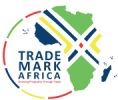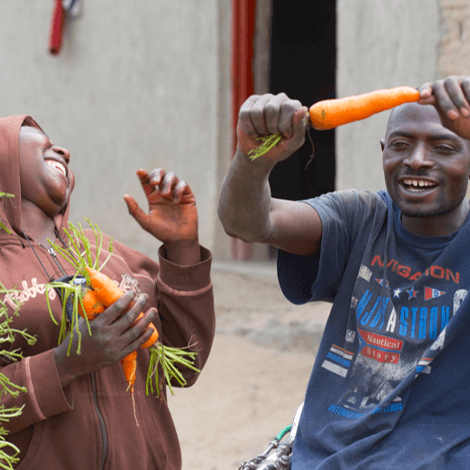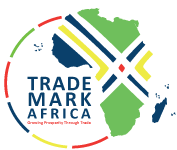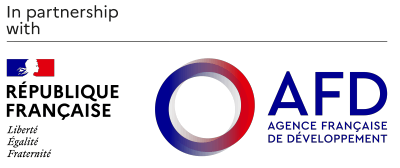Kenya is a likely beneficiary of another US export window being considered to replace the Africa Growth and Opportunity Act (Agoa) after seven years, experts have hinted. Agoa, which grants the country and 40 other African states quota and duty-free access to the US market of more than 6,000 product lines expires in 2025. “Establishing a more stable, permanent, and mutually-beneficial trade and investment framework with the United States could be transformative for Africa,” said US Trade Representative (USTR) Robert Lighthizer while hinting at the new trade plan. According to administration sources cited by US think tank Covington’s Global Policy Watch, a branch of a US law firm working on various policy issues, Kenya, Ghana, and Côte d’Ivoire could be early contenders for a trade accord with Washington. “We are excited about the prospect of entering into a successful free trade agreement (FTA) with an African country. We believe that this will be good for the United States, the FTA partner, and ultimately Africa,” Mr Lighthizer has been quoted saying. He is reported to have made the comments after African and US officials, private sector representatives, and members of civil society organisations met last week in Washington. 2025 onwards The US hosted the 17th Agoa Forum where discussions also focused on options for a “post-Agoa” model from 2025 onwards, including the possibility of crafting free trade deals. Mr Lighthizer said that he is looking to “announce exploratory talks soon,” without confirming which countries might be first on the docket for...
US tips Kenya for a free trade window post Agoa
Posted on: July 20, 2018
Posted on: July 20, 2018















